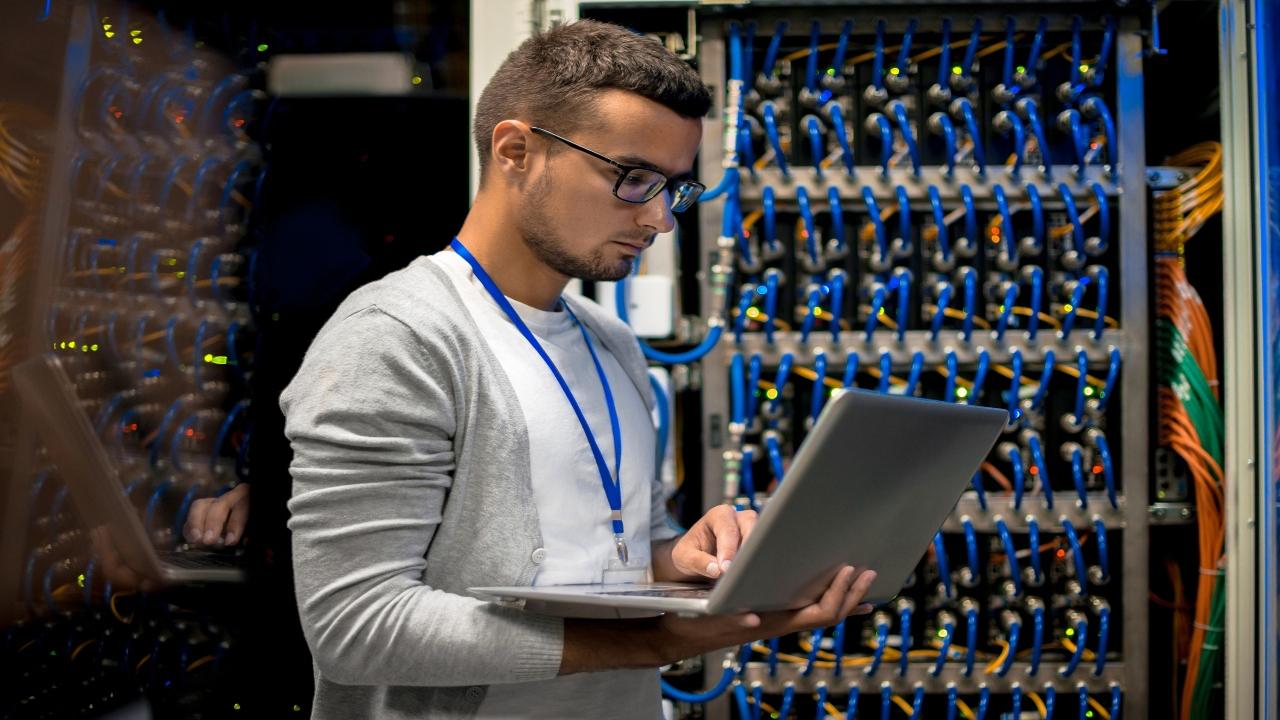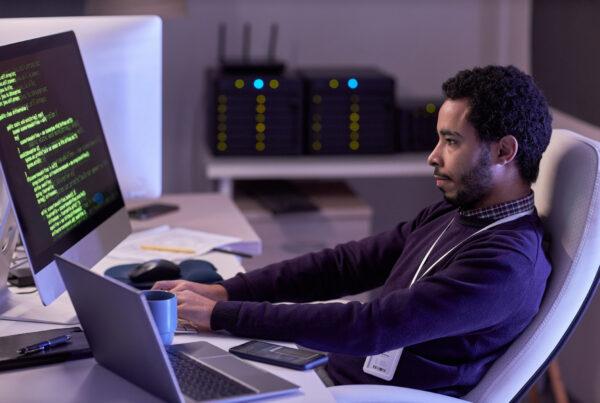As an aspiring PC support specialist, get ready to join a technical career that’s in high demand. Many businesses depend on computer systems to run their daily operations. In that case, a PC support specialist is an invaluable asset that they never overlook.
A PC support specialist has to inspect and troubleshoot various PC issues. At AOLCC, you’ll get hands-on training that will teach you how to assemble PC components. You’ll learn to install, configure, and maintain devices, PCs, software, and much more. The moment when you realize the value of your skills is the moment when you expand your opportunities for employment. So, read on to learn about common PC issues and how to troubleshoot them!
Train online or on-campus for a job that pays more and means more.
Considering a career change?
A Slow Internet Is a Common Issue You’ll Encounter After PC Support Specialist Training
Businesses today rely on the internet to perform many of their correspondences and business transactions online. That’s why it’s important for them to have a strong and stable internet connection for their business operations. Sometimes, users may experience a slow or unstable internet connection and will require your expertise to resolve it as quickly as possible.
After you complete your PC support specialist training, you’ll be familiar with the common issues related to a slow internet connection. A slow internet connection can be caused by internal PC issues or problems with the internet service provider itself. Sometimes this can be resolved in an easy step like restarting the modem and tweaking, repositioning, or boosting the router. You may also need to kill any software updates or applications that are running in the background, which may be slowing down the internet by using up a lot of data.
The Computer Won’t Turn On
One of the most common issues you’ll face during your PC support specialist career is a computer that won’t turn on. There are many possible reasons for this, and when it happens, you’ll need to do step-by-step troubleshooting to figure out the cause.
The first thing to check is the computer’s power supply. It may be that the power outlet is faulty or the power supply itself has burnt out. If you notice that the computer turns on properly but there’s no power coming from the connected monitor display, then you’ll need to check that the connection is secure. If it is, but the monitor still won’t turn on, then you’ll need to replace the monitor to see if a faulty monitor is the culprit. If you still aren’t making headway, then you’ll need to re-install the computer system again, since it might be related to a software issue.

You’ll have to troubleshoot various issues during your PC support specialist career
PC Performance Issues
Another common problem you’ll encounter after you complete your PC support specialist courses is performance issues. Users may contact you because they feel that their PC has become slow and takes a while to load or execute applications. This means that the performance of the PC is lagging, which can cause delays and disruptions in business operations. Generally, slower performance happens with age.
Troubleshooting a slow PC involves a few steps. You may find that there are programs that are pulling so many resources from the computer’s RAM and need to be closed from the Task Manager. Also, autostart programs can cause the PC’s performance to suffer. To prevent this, make sure you disable the startup once the computer is turned on.




